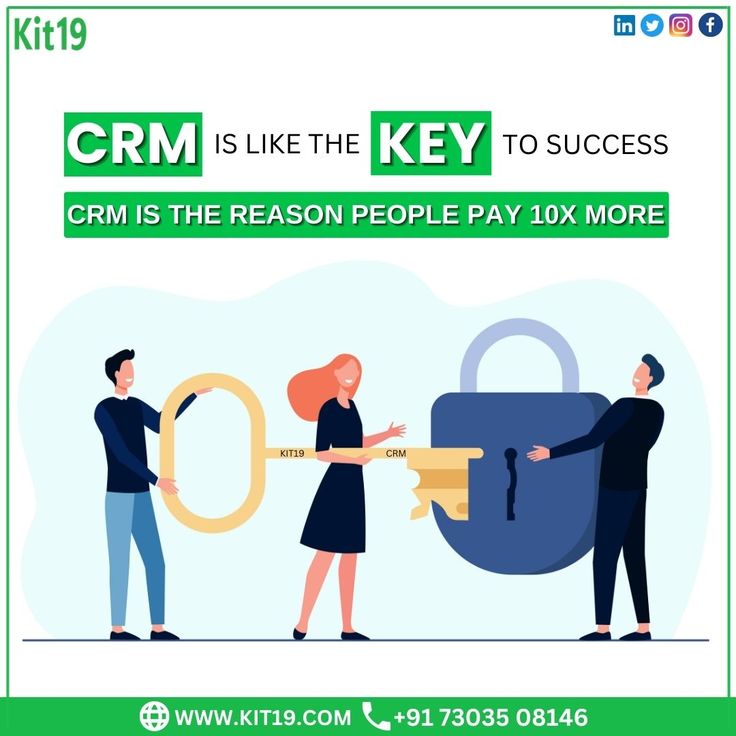
The Evolution of CRM: From Contact Management to Customer Experience Management
Customer Relationship Management (CRM) has come a long way from its early days as a simple contact management tool. The evolution of CRM reflects the growing recognition of the importance of customer relationships in driving business success. This article explores the key stages in the development of CRM, highlighting how it has transformed from basic contact management to a sophisticated system for managing the entire customer experience.
The Early Days: Contact Management
In the 1980s and early 1990s, businesses began to recognize the need for better organization of customer information. The earliest CRM systems were essentially digital Rolodexes, designed to manage contacts. These systems stored customer names, addresses, and phone numbers, allowing sales teams to keep track of their interactions. The primary goal was to improve efficiency and ensure that sales representatives could quickly access customer information.
The Rise of Sales Force Automation
As businesses grew, the limitations of basic contact management became apparent. In the mid-1990s, CRM systems evolved to include Sales Force Automation (SFA) features. SFA tools automated sales tasks such as tracking customer interactions, managing sales pipelines, and forecasting sales. This automation helped sales teams work more efficiently, reduce administrative tasks, and focus more on selling. Companies like Siebel Systems were pioneers in this phase, providing robust SFA solutions.
Integration with Marketing and Customer Service
The late 1990s and early 2000s saw CRM systems expand beyond sales to include marketing and customer service functions. This integration marked the beginning of a more holistic approach to managing customer relationships. Marketing automation features allowed businesses to create, track, and analyze marketing campaigns, while customer service modules enabled better management of customer inquiries and support tickets. This integrated approach helped businesses provide a more consistent and seamless experience across all customer touchpoints.
The Shift to Cloud-Based CRM
The advent of cloud computing in the mid-2000s revolutionized CRM systems. Cloud-based CRM solutions, like Salesforce, offered several advantages over traditional on-premises systems. They were easier to deploy, more scalable, and accessible from anywhere with an internet connection. This shift democratized access to CRM technology, making it affordable for small and medium-sized businesses. The cloud also facilitated real-time data updates and collaboration, further enhancing the effectiveness of CRM systems.
The Era of Social CRM
With the rise of social media in the late 2000s, CRM systems began to incorporate social media channels. Social CRM integrated social media monitoring and engagement tools, allowing businesses to track customer interactions on platforms like Facebook, Twitter, and LinkedIn. This development enabled companies to engage with customers in real-time, respond to inquiries, and manage their brand reputation more effectively. Social CRM also provided valuable insights into customer sentiment and behavior, helping businesses tailor their strategies accordingly.
The Emergence of Customer Experience Management (CXM)
Today, CRM has evolved into Customer Experience Management (CXM), reflecting a broader focus on the entire customer journey. CXM encompasses every interaction a customer has with a brand, from initial awareness to post-purchase support. Modern CRM systems are equipped with advanced analytics, artificial intelligence (AI), and machine learning capabilities that provide deeper insights into customer preferences and behaviors. These technologies enable businesses to deliver highly personalized experiences, anticipate customer needs, and proactively address issues.
Key Features of Modern CRM Systems
- Advanced Analytics and Reporting: Modern CRM systems offer sophisticated analytics tools that provide insights into customer data, sales performance, and marketing effectiveness. These insights help businesses make data-driven decisions and refine their strategies.
- Artificial Intelligence and Machine Learning: AI-powered CRM systems can predict customer behavior, automate routine tasks, and provide personalized recommendations. Machine learning algorithms continuously improve the system’s accuracy and effectiveness.
- Omni-Channel Integration: CRM systems now integrate seamlessly with various communication channels, including email, phone, social media, and chat. This integration ensures a consistent customer experience across all touchpoints.
- Mobile Access: With mobile CRM applications, sales and customer service teams can access customer information and update records on the go, enhancing productivity and responsiveness.
- Customer Journey Mapping: Modern CRM tools help businesses map out the entire customer journey, identifying key touchpoints and areas for improvement. This comprehensive view enables companies to optimize each stage of the customer lifecycle.
The Future of CRM: Anticipating Trends
As technology continues to advance, CRM systems are expected to become even more intelligent and intuitive. Here are some trends that are likely to shape the future of CRM:
- Increased Use of AI and Automation: AI and automation will continue to enhance CRM capabilities, enabling more precise customer segmentation, predictive analytics, and automated customer interactions.
- Greater Focus on Customer Data Privacy: With growing concerns about data privacy, CRM systems will need to incorporate robust security measures and comply with regulations like GDPR and CCPA to protect customer information.
- Enhanced Personalization: The demand for personalized experiences will drive CRM systems to deliver even more tailored interactions based on real-time data and contextual insights.
- Integration with Internet of Things (IoT): IoT devices will provide additional data points for CRM systems, offering deeper insights into customer behavior and enabling more proactive service.
- Improved User Experience: CRM vendors will focus on making their systems more user-friendly, with intuitive interfaces and seamless integration with other business tools.
Conclusion
The evolution of CRM from simple contact management to comprehensive customer experience management reflects the changing dynamics of customer relationships. Modern CRM systems are powerful tools that help businesses understand their customers better, deliver personalized experiences, and build long-term loyalty. As technology continues to evolve, CRM systems will play an even more critical role in shaping the future of customer engagement and business success.